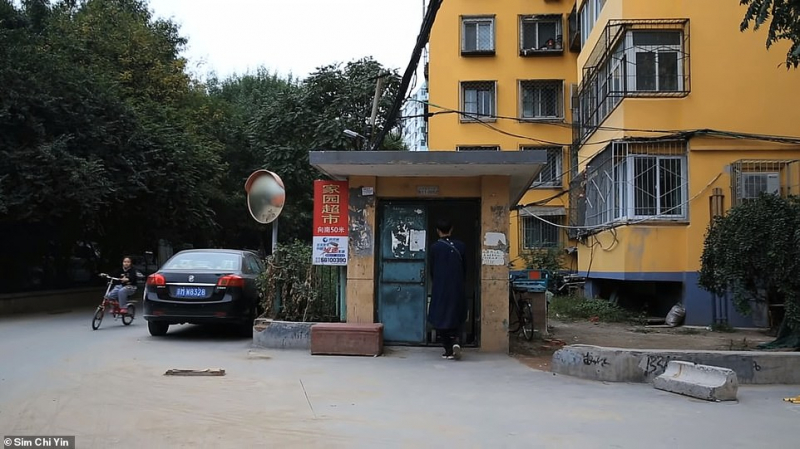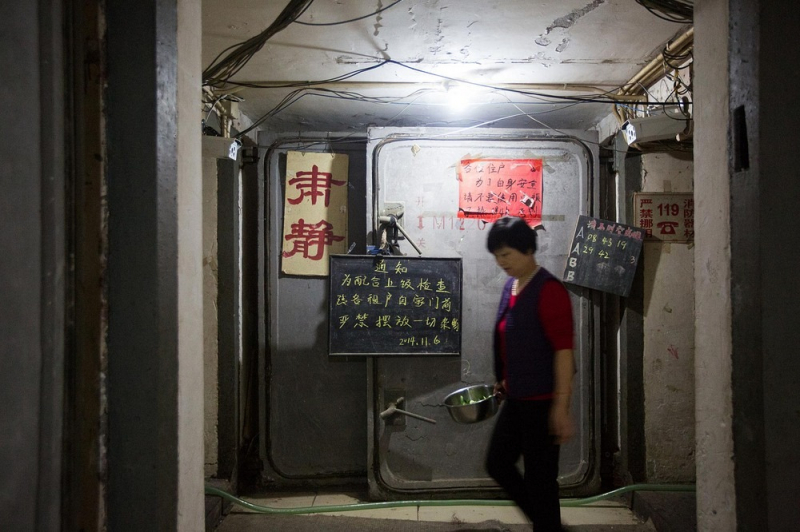The Cold War-Era Underground City Below Beijing
Although it is true that no civilisation has ever existed entirely underground, this does not preclude the existence of a sizable underground population. One million people now live in a city underneath the metropolis in Beijing, China, where the world below is their home.
China was on high alert throughout the Cold War's height, just as the United States and the Soviet Union. Chairman Mao ordered the construction of an entire metropolis beneath Beijing to prepare for the possibility of nuclear conflict. 10,000 bomb-proof shelters were created as a result, and as the country opened up in the 1980s, they were leased to landlords.
One million people currently rent rooms that, in some cases, are barely big enough to fit one bed that were formerly bunkers after they were divided up into tiny residential units. According to the law, each tenant must have a minimum of 43 square feet of space in their home. These bunker houses break the law.
For many low-wage city employees, the complex—sometimes referred to as The Dungeon—is their only choice. Because they are worried their relatives would see them and know how awful things have gone, some residents are afraid to be interviewed or shown on camera. Many of these people arrived in the city from smaller towns hoping to find well-paying work, but instead found little chances there, making it impossible or reluctant for them to go back.
The property market in Beijing contributes to the large city's overpopulation. Real estate in Beijing costs $5,820 per square meter in 2017. A nuclear bunker apartment, meanwhile, can cost around $40 per month.












